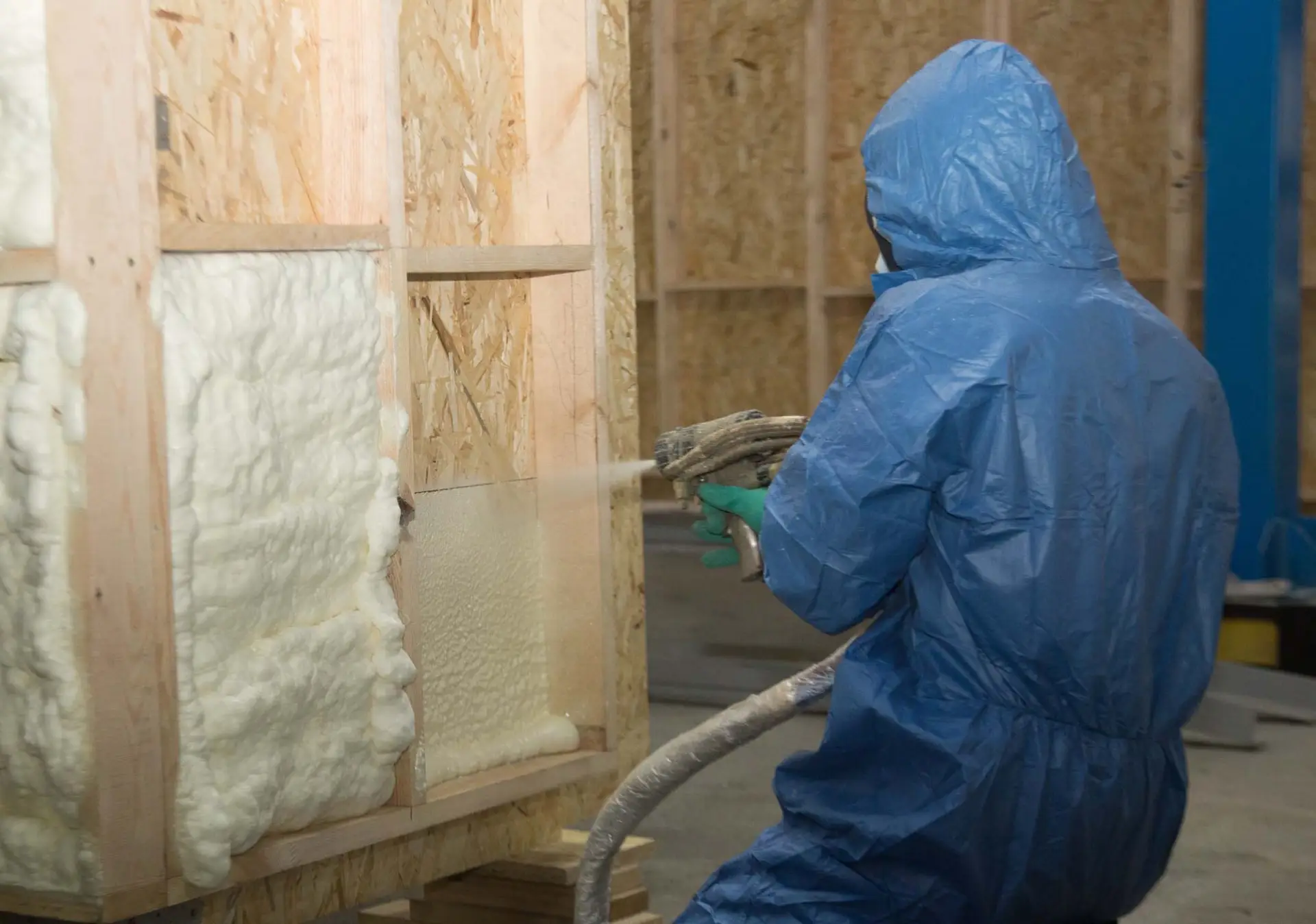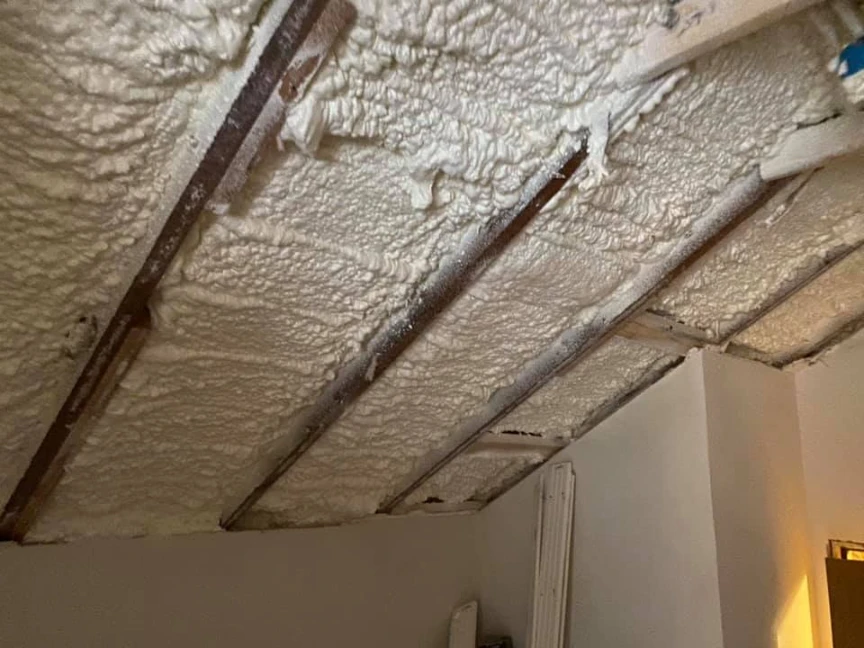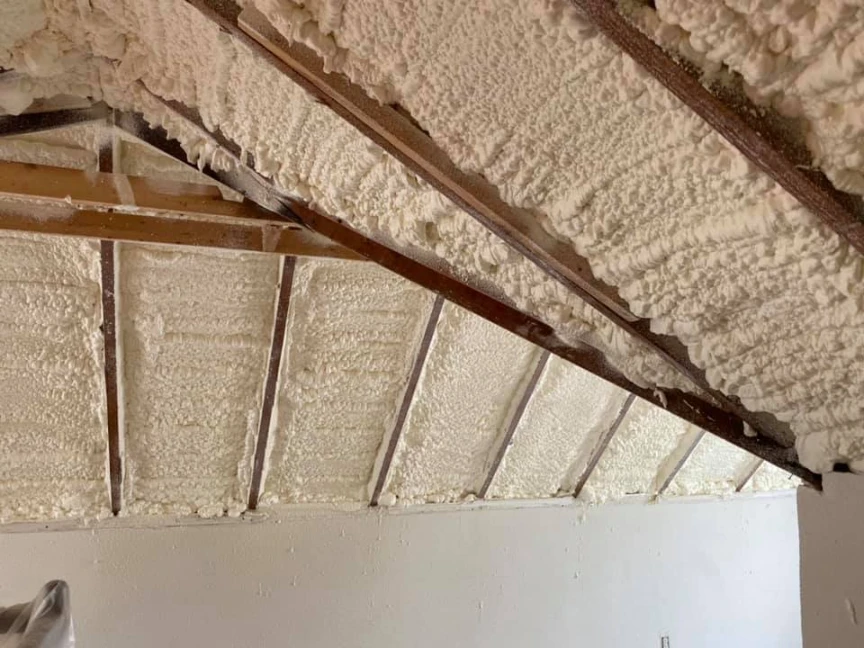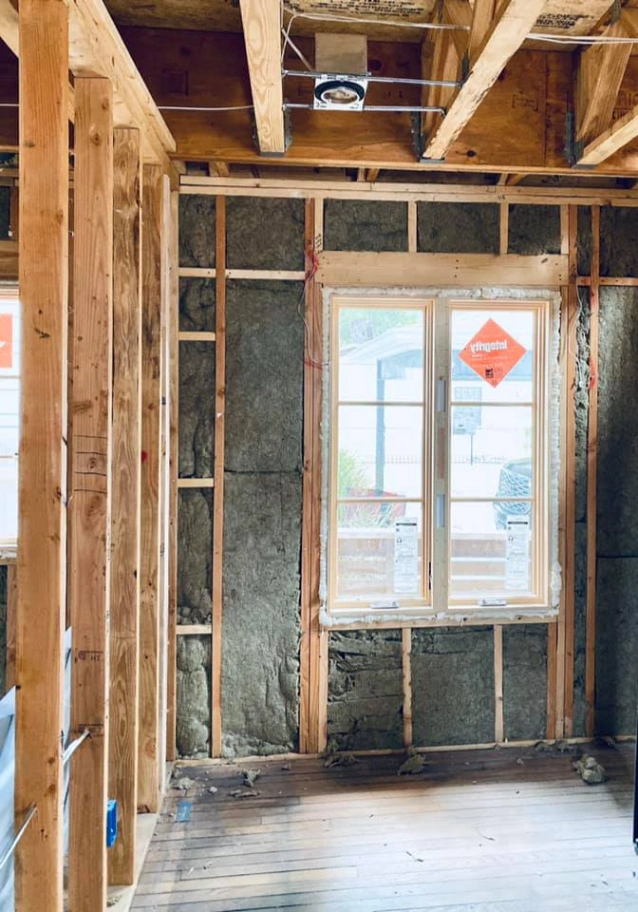Understanding Spray Foam Insulation
Spray foam insulation provides an effective barrier against air leakage, moisture intrusion, and energy loss. It expands upon application, filling gaps and creating a seamless seal. The two main types—open-cell and closed-cell—offer distinct benefits depending on climate, budget, and performance needs.
Texas homeowners face unique challenges due to the state’s heat, humidity, and occasional cold snaps. Choosing the right type of spray foam can significantly impact energy efficiency and indoor comfort.
Key Differences Between Open-Cell and Closed-Cell Spray Foam
Structure and Composition
- Open-cell spray foam has a soft, sponge-like texture. Its open-cell structure allows air to pass through, making it more flexible and breathable.
- Closed-cell spray foam is denser and more rigid. Its closed-off cells create a vapor barrier that prevents moisture and air infiltration.
Thermal Performance (R-Value)
- Open-cell foam typically has an R-value of R-3.5 to R-4 per inch, making it suitable for interior applications where high insulation isn’t required.
- Closed-cell foam has a higher R-value, around R-6 to R-7 per inch, providing superior insulation and moisture resistance.
Air and Moisture Control
- Open-cell foam allows controlled airflow, which can be beneficial in humid environments by helping moisture evaporate.
- Closed-cell foam forms an impermeable barrier, preventing water infiltration and adding structural support.
Cost Comparison
- Open-cell spray foam is more affordable, making it a cost-effective option for large-scale insulation projects.
- Closed-cell foam is more expensive but offers higher efficiency, durability, and added structural strength.
Choosing the Best Spray Foam for Texas Homes
Climate Considerations
Texas experiences a mix of extreme heat, humidity, and occasional cold weather. The best insulation choice depends on location:
- For humid regions like Houston or Corpus Christi, open-cell spray foam helps regulate moisture and improve indoor air quality.
- For areas with temperature fluctuations like Austin or Dallas, closed-cell foam provides better energy efficiency and protection against cold snaps.
- In high-wind or storm-prone regions, closed-cell foam enhances structural durability.
Energy Efficiency and Utility Savings
A well-insulated home reduces energy costs by maintaining stable indoor temperatures. Closed-cell foam provides superior insulation, making it ideal for homeowners looking to maximize savings on electricity bills. Open-cell foam, while less insulating, still offers a significant improvement over traditional insulation like fiberglass or cellulose.
Installation Factors to Consider
Application Areas
- Open-cell foam is commonly used for interior walls, ceilings, and attic spaces.
- Closed-cell foam is better suited for exterior walls, crawl spaces, basements, and metal buildings.
Building Codes and Regulations
Both types of foam must meet specific local building codes. Texas requires proper vapor barriers in certain applications, which closed-cell foam naturally provides, while open-cell may need additional vapor retarders.
Longevity and Maintenance
Spray foam insulation can last over 20 years with proper installation. Closed-cell foam’s durability makes it a long-term investment with minimal maintenance. Open-cell foam remains effective but may require touch-ups in extreme conditions.
Which One Is Right for Your Home?
The choice between open-cell and closed-cell spray foam depends on priorities:
- If affordability and soundproofing are priorities, open-cell spray foam is a solid choice.
- If moisture resistance, durability, and energy efficiency are key concerns, closed-cell spray foam is the better investment.
For Texas homes dealing with high humidity and heat, a combination of both types in different areas often provides the best results. A professional assessment can determine the most effective insulation strategy based on specific home needs.
Ready to Upgrade Your Insulation?
Effective insulation improves comfort and reduces energy bills. Whether you need open-cell or closed-cell spray foam, Stellrr provides expert guidance and professional installation tailored to Texas homes.
Contact Stellrr today at (512) 710-2839 or email info@stellrr.com to schedule an evaluation.
Frequently Asked Questions
1. How long does spray foam insulation last?
Properly installed spray foam insulation can last over 20 years with minimal maintenance.
2. Is spray foam safe for my home?
Yes, once cured, spray foam is safe and does not emit harmful chemicals.
3. Does spray foam help reduce noise?
Open-cell spray foam provides excellent soundproofing, reducing noise transmission between rooms.
4. Can spray foam insulation be added to existing homes?
Yes, spray foam can be installed in existing homes, but it may require removing old insulation.
5. Will closed-cell foam make my home stronger?
Yes, closed-cell foam adds structural integrity by bonding tightly to surfaces.
6. Does spray foam insulation qualify for tax credits?
Some energy-efficient upgrades, including spray foam, may qualify for tax incentives. Check local and federal programs for details.
7. How long does installation take?
Most spray foam installations take one to two days, depending on the project size.
8. Will spray foam insulation help with mold prevention?
Closed-cell foam helps prevent mold by blocking moisture infiltration, while open-cell foam allows controlled air movement to minimize condensation.
9. Can I install spray foam myself?
Professional installation is recommended for proper application and safety.
10. How does spray foam compare to fiberglass insulation?
Spray foam provides better insulation, air sealing, and longevity compared to fiberglass.





